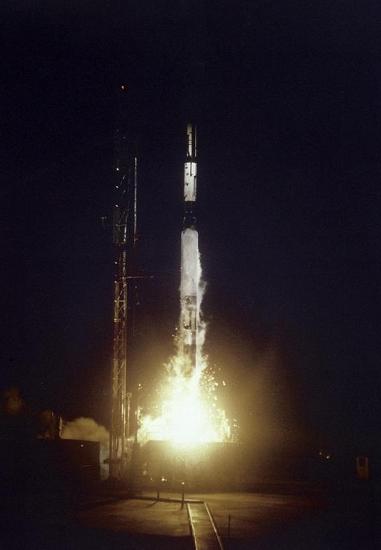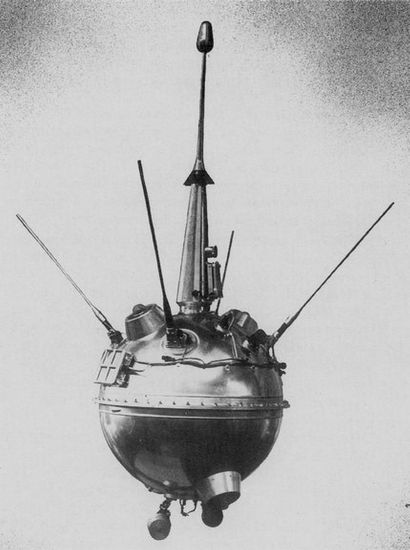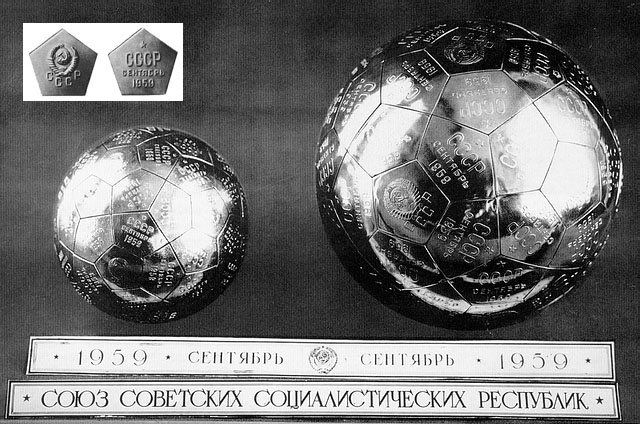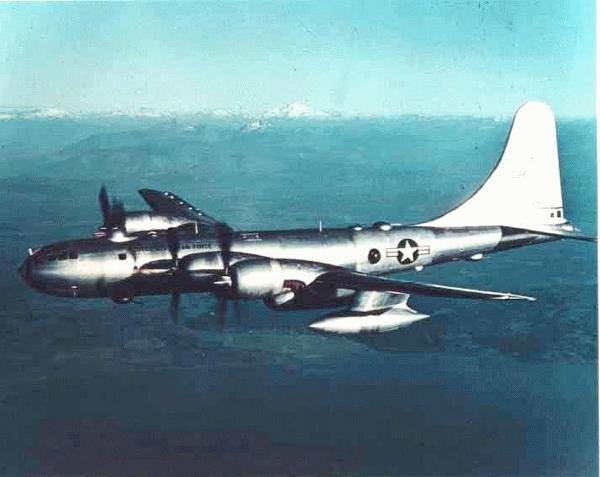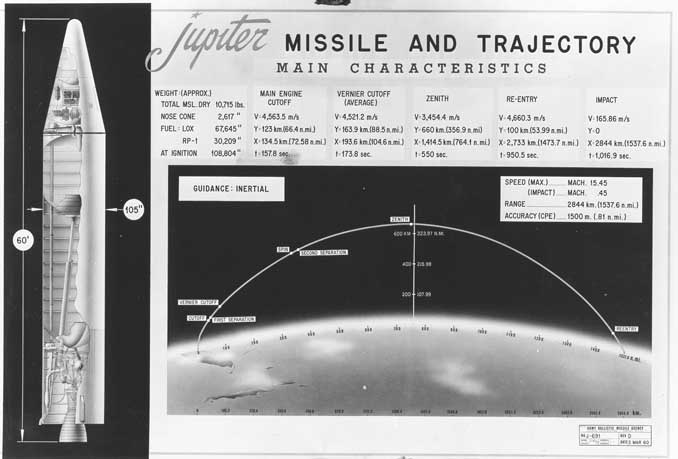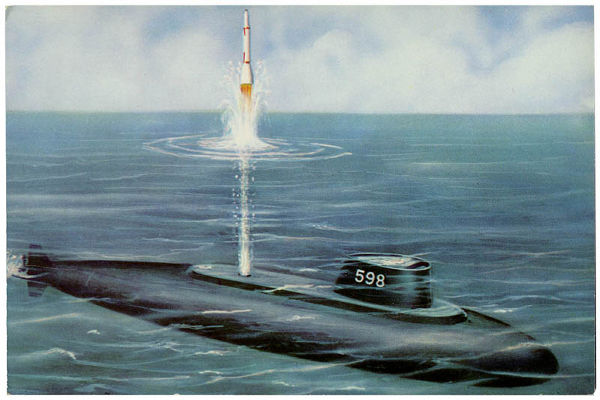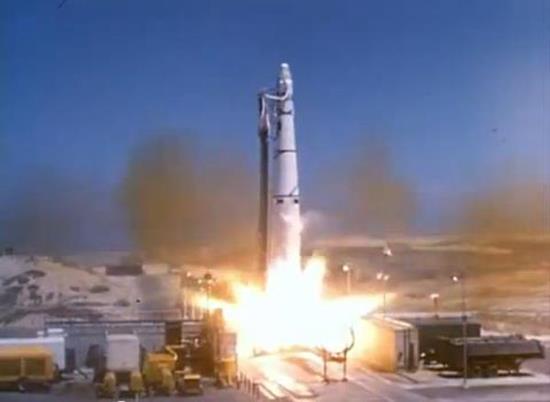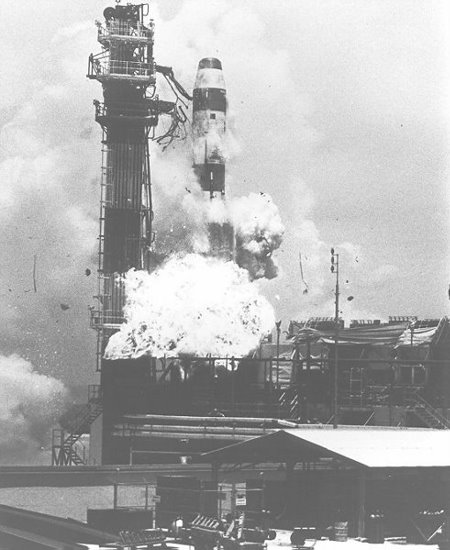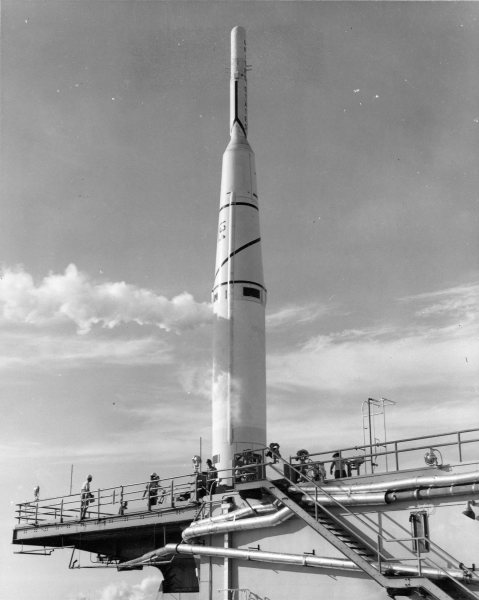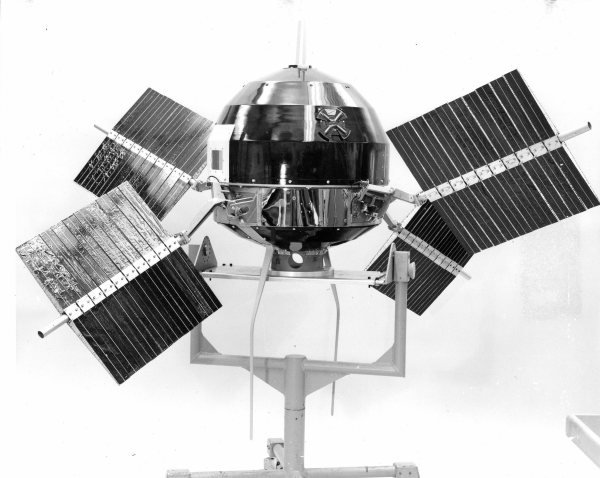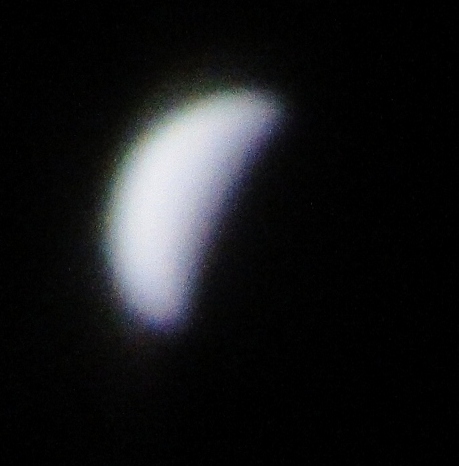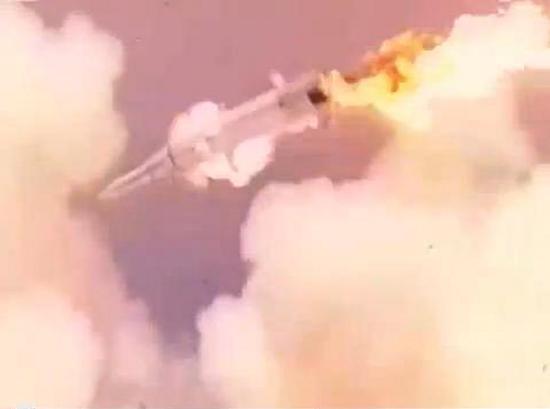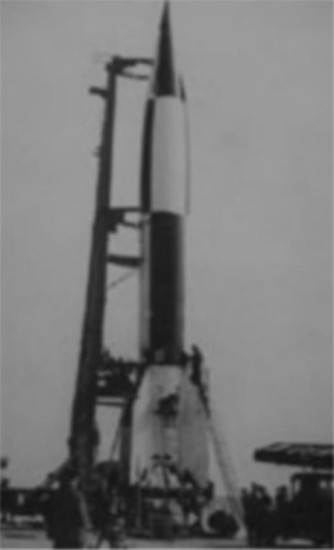For more than a month and a half, Explorer 6 has been a busy bee, happily conducting the most advanced science in orbit to date thanks to its highly eccentric orbit, taking it several thousand miles above the surface of the Earth, and its battery of sophisticated instruments.
What has this intrepid little fellow reaped in terms of scientific data? A veritable bonanza.
Firstly, let’s look at the most accessible treasure—the first picture of the Earth taken from orbit.

On August 14, 1959, one week after launch, Explorer 6 turned its photographic eye to its mother planet. It wasn’t a camera in the normal sense of the word; such a device would have been too heavy. Rather, it was a simple eye that scanned the sky in strips as the satellite spun around (it rotates for stability). Engineers on the ground then attempted to assemble the strips so that they might piece together into something recognizable as the Earth. It was much like trying to restore a shredded document. As Charles P. Sonnet, head of the scientific team commented, “You have to make the a priori judgment that the Earth is round.”
Apparently, one recent press conference attendee called the photo a “fake.” Chuck replied, “No, it’s not a fake… but it is pretty limited.”

Chuck Sonnet
So as a phototourist, Explorer 6 was a bit of a dud. In other categories, however, Explorer 6 is an unqualified winner. For two weeks, before the probe’s ion chamber broke down, Explorer 6 returned an unprecedented map of the Van Allen Belts of trapped radiation encircling the globe, and results are still coming in, though it is harder to determine the energy of encountered particles. The on-board cosmic ray scintillator has determined that the “solar wind,” the waves of particles emanating from the sun, are not modulated by Earth’s magnetic fields but rather are controlled almost exclusively by the solar magnetic field. Explorer 6’s magnetometer has returned a comprehensive map of Earth’s fields, which conform to theoretical predictions only out to a distance of five Earth radii—after that, they get unexpectedly variable.
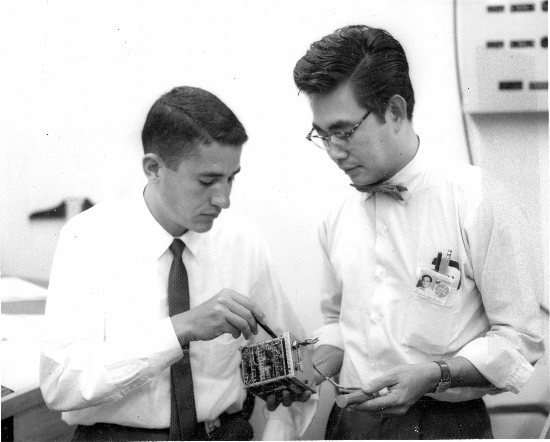
Explorer 6's magetometer and the ones who built it: Paul Coleman and George Takahashi
The only field we still don’t have good data on is micrometeorites. Virtually every launched space probe has had an experiment to measure the number and energy of little orbital particles to see if they might pose a significant threat to satellites and spaceships. The data they have returned has not been robust enough to reach any real conclusions. All we can determine thus far is that there are some particles up there, but they can’t be too hazardous since our satellites haven’t been damaged by them!
Explorer 6 continues to return data, not only augmenting humanity’s fund of scientific data, but also proving the efficacy of the first digital telemetry system—a necessity for any interplanetary space shot. It is unknown how long the satellite will last, but there is no question that it has done yeoman’s work to date. It is arguably the most successful orbital probe ever launched, and it is a harbinger of good tidings for the upcoming Pioneer Able launches to the moon and Pioneer Thor deep space probe.
—
P.S. Galactic Journey is now a proud member of a constellation of interesting columns. While you're waiting for me to publish my next article, why not give one of them a read!
(Confused? Click here for an explanation as to what's really going on)
This entry was originally posted at Dreamwidth, where it has comments. Please comment here or there.



